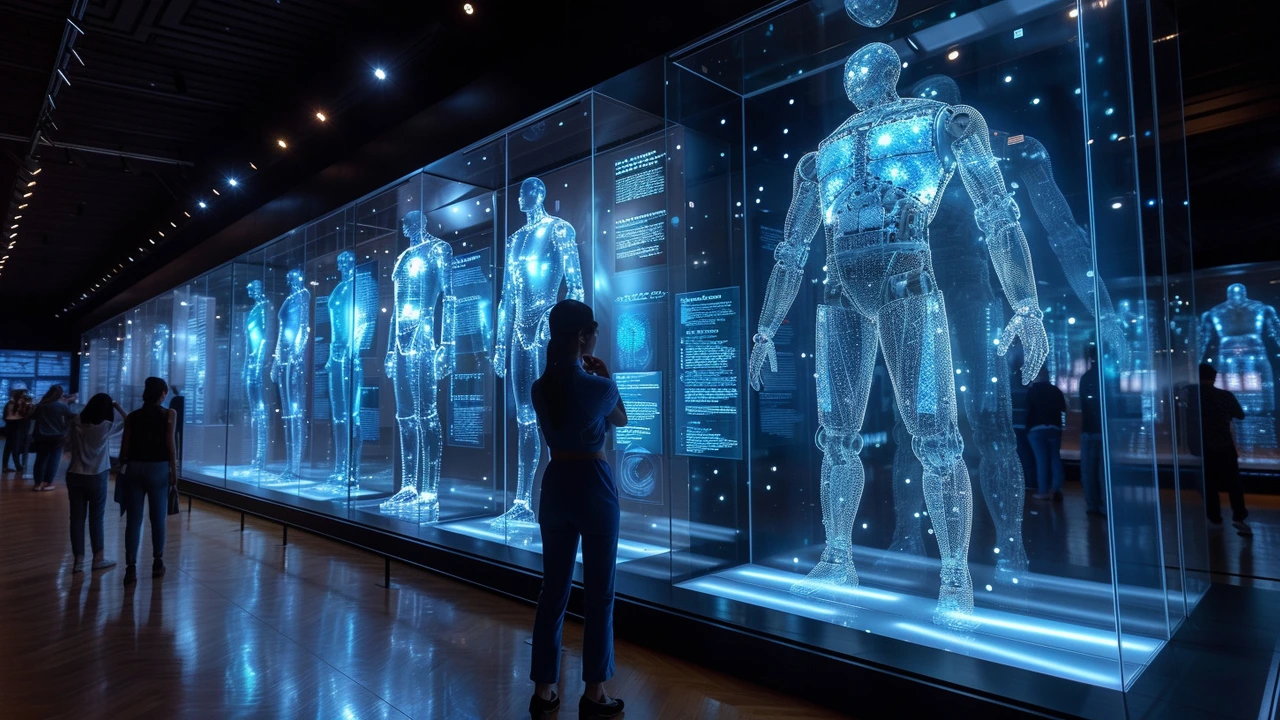Robotics in Art and Design
Robotics is changing how artists work, how cities move, and how we play. This tag page gathers practical ideas, projects, and readings that connect machines with creative work. If you’re curious about robot arms that paint, drones that form light shows, or smart-city systems shaped by design, you’re in the right place.
Robots aren’t just tools. They become collaborators. Artists use robotic arms to repeat precise brushstrokes, mix paint at scale, or carve large sculptures. Drones let creators paint the sky with lights and choreograph movement across crowds. Kinetic sculptures use simple servos and sensors to react to viewers. These approaches change both the look of work and the way audiences experience it.
How artists use robots today
Start small: control a cheap servo with an Arduino to add motion to a sculpture. Step up: program a robot arm to follow a path for repeatable marks or CNC-like carving. Want a living installation? Add sensors that make parts move or light when people approach. For photoreal work, robots help with precise layering and masking. For abstract work, they introduce unexpected motion and timing.
Robotics also reshapes public spaces. Futurism ideas feed smart-city projects that use robots for maintenance, interactive public art, or modular street furniture. Designers inspired by Bauhaus or Constructivism use robotic fabrication to make clean, well-measured components at scale. Installation artists pair sensors and machines to make shows that change with weather, sound, or human presence.
Quick, practical tips
Choose your goal before the tech. If you want motion, focus on motors and controllers. If you want precision, pick a robot arm or CNC tool. Prototype with low-cost parts, then scale up. Keep safety in mind: moving parts need guards and clear rules for viewers. Test your piece in the space where it will live; lighting, sound, and foot traffic all affect performance.
Want to learn more? Check pieces on futurism in smart cities and gaming to see how forward-thinking design meets tech. Read about installation art and photorealism to see how machines and humans blend craft and scale. Paul Artistry links to articles about smart-city design, kinetic installations, and modern movements that influence robotic aesthetics.
If you’re an artist or designer, try a small commission with a maker space or a local fab lab. If you’re a curator, invite a collaboration that pairs a technologist with an artist. If you’re a viewer, look for work that reacts to you — that’s often where robotics makes the biggest difference. Robots give artists new ways to surprise people; they also raise practical questions about control, labor, and authorship. That tension is worth exploring in any project.
Resources to start: join a local makerspace to test kits, take short courses on microcontrollers and robotics, and follow artists who post process videos. Try simple controllers like Arduino or Raspberry Pi, then move to ROS or factory software as you grow. Share work online with documentation so curators and funders can see the idea and safety plan.

